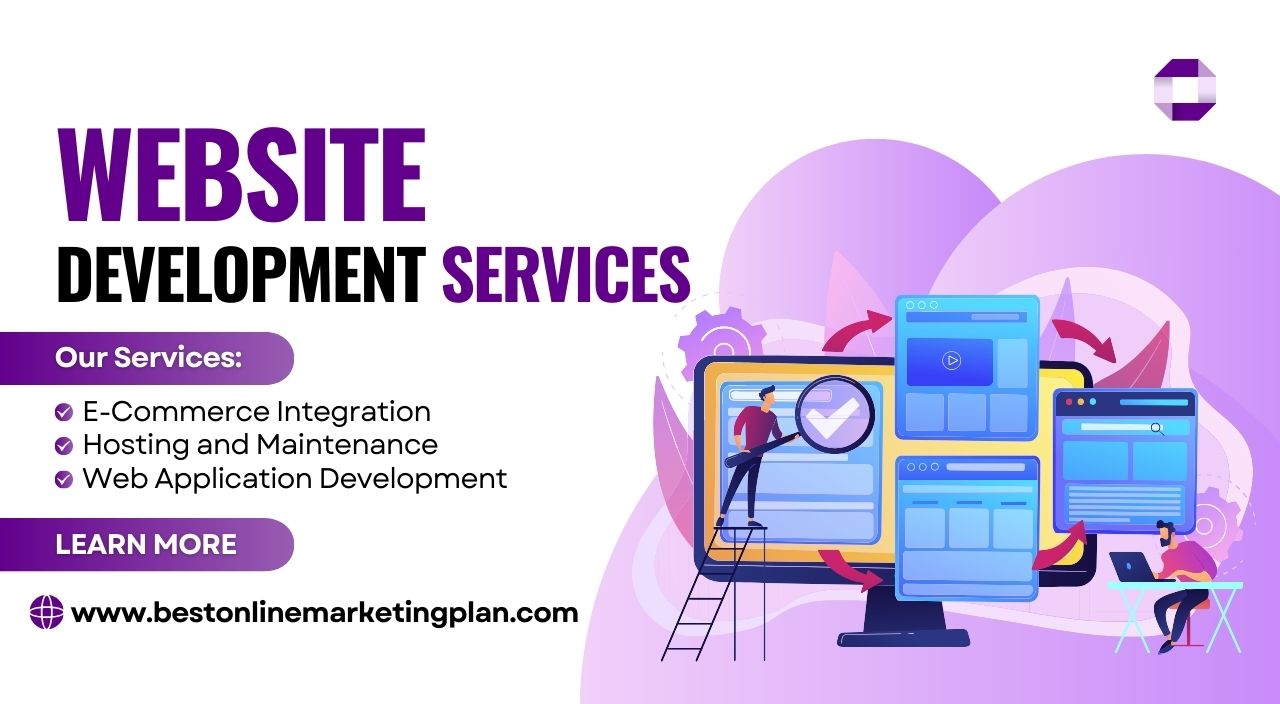Introduction
Hello, fellow marketers and web enthusiasts! Today, we’re going to tackle the exciting world of building a WordPress site for marketing. If you’re looking to create a powerful online presence for your business or personal brand, you’ve come to the right place. In this comprehensive guide, we’ll explore everything you need to know about crafting a WordPress site that not only looks great but also drives your marketing efforts to new heights.
As someone who’s been in the trenches of digital marketing for years, I can tell you that WordPress is an absolute game-changer when it comes to creating marketing-focused websites. It’s user-friendly, versatile, and packed with features that can help you attract and engage your target audience. So, grab a cup of coffee, and let’s embark on this exciting journey together!
Why Choose WordPress for Marketing
Let’s kick things off by addressing the elephant in the room: Why WordPress? Well, my friends, the reasons are plenty, and they’re pretty compelling:
- User-Friendly: Even if you’re not a tech wizard, WordPress is incredibly easy to use and manage.
- Customizable: With thousands of themes and plugins, you can create a site that’s uniquely yours.
- SEO-Friendly: WordPress is built with clean code and offers great SEO features out of the box.
- Scalable: As your business grows, WordPress can easily grow with you.
- Cost-Effective: You can create a professional-looking site without breaking the bank.
But don’t just take my word for it. According to recent stats, WordPress powers over 40% of all websites on the internet. That’s a pretty big vote of confidence, if you ask me!

Getting Started with WordPress
Alright, now that we’ve established why WordPress is awesome for marketing, let’s talk about how to get started. If you’re new to the world of WordPress, don’t worry – I’ve got your back!
First things first, you’ll need to choose a hosting provider and domain name. There are tons of options out there, but I personally recommend Wealthy Affiliate for beginners. They offer a user-friendly platform that combines hosting, domain registration, and even training to help you get started online. It’s like a one-stop-shop for aspiring online marketers!
Once you’ve got your hosting and domain sorted, here’s a quick step-by-step to get WordPress up and running:
- Install WordPress through your hosting provider’s control panel (most offer one-click installations).
- Log in to your new WordPress dashboard.
- Familiarize yourself with the main menu items (Posts, Pages, Media, etc.).
- Set up your site’s basic information (Site Title, Tagline, etc.) under Settings > General.
And voila! You’ve got the foundation of your marketing website ready to go. But we’re just getting started, my friend.
Choosing the Right Theme
Now comes the fun part – making your site look amazing! WordPress themes are like the clothes your website wears, and trust me, first impressions matter in the digital world.
When choosing a theme for your marketing site, keep these factors in mind:
- Responsiveness: Your theme should look great on all devices, from smartphones to desktops.
- Loading Speed: A fast-loading site is crucial for user experience and SEO.
- Customization Options: Look for themes that offer plenty of room for personalization.
- Plugin Compatibility: Ensure the theme works well with popular marketing plugins.
Some popular theme marketplaces include:
- ThemeForest
- StudioPress
- Elegant Themes
Pro Tip: Don’t get too caught up in finding the “perfect” theme. Remember, you can always customize it later. The most important thing is to choose a theme that’s clean, fast, and provides a solid foundation for your marketing efforts.
Essential Plugins for Marketing
Ah, plugins – the secret sauce that gives your WordPress site superpowers! There are thousands of plugins out there, but for a marketing-focused site, here are some must-haves:
- Yoast SEO: This plugin is like having an SEO expert on your team 24/7.
- Contact Form 7: Easy-to-use contact forms to capture leads.
- MonsterInsights: Connects your site with Google Analytics for in-depth tracking.
- OptinMonster: Creates eye-catching pop-ups and opt-in forms to grow your email list.
- WooCommerce: If you’re selling products, this is the go-to e-commerce solution for WordPress.
Remember, while plugins are awesome, don’t go overboard. Too many plugins can slow down your site, so choose wisely and only install what you really need.
Creating Compelling Content
Alright, we’ve got the structure of our site set up. Now it’s time to fill it with juicy, engaging content that’ll keep your visitors coming back for more!
Here are some tips for creating content that resonates with your audience:
- Know Your Audience: Understand who you’re writing for and what they care about.
- Solve Problems: Focus on providing solutions to your audience’s pain points.
- Use Visuals: Break up text with images, infographics, and videos.
- Be Consistent: Establish a regular posting schedule to keep your audience engaged.
- Encourage Interaction: End posts with questions or calls-to-action to boost engagement.
Remember, content is king in the world of digital marketing. Whether you’re writing blog posts, creating product descriptions, or crafting landing pages, make sure every word serves a purpose and adds value for your readers.
Optimizing for Search Engines
Let’s face it – even the most amazing content won’t do you much good if no one can find it. That’s where SEO comes in. Here are some key steps to optimize your WordPress site for search engines:
- Use Relevant Keywords: Research and incorporate keywords that your target audience is searching for.
- Optimize Meta Descriptions: Craft compelling meta descriptions that encourage clicks from search results.
- Create SEO-Friendly URLs: Use clear, descriptive URLs that include your target keywords.
- Internal Linking: Link to other relevant pages within your site to improve navigation and SEO.
- Optimize Images: Use descriptive file names and alt text for images.
Remember that SEO is a long-term game. It takes time and consistent effort, but the payoff can be huge in terms of organic traffic and leads.
Integrating Social Media
In today’s digital landscape, social media is a crucial part of any marketing strategy. Here’s how to effectively integrate social media with your WordPress site:
- Add Social Share Buttons: Make it easy for visitors to share your content on their favorite platforms.
- Display Social Media Feeds: Show your latest social media posts directly on your website.
- Use Social Login: Allow users to comment or register using their social media accounts.
- Cross-Promote Content: Share your blog posts and pages on your social media channels.
Remember, social media integration isn’t just about broadcasting your message – it’s about creating a two-way conversation with your audience.
Email Marketing Integration
Email marketing is still one of the most effective ways to nurture leads and drive conversions. Here’s how to integrate email marketing with your WordPress site:
- Choose an Email Marketing Service: Popular options include Mailchimp, ConvertKit, and AWeber.
- Add Opt-In Forms: Place email sign-up forms strategically throughout your site.
- Create Lead Magnets: Offer valuable content in exchange for email addresses.
- Segment Your List: Use tags and categories to send targeted emails based on user behavior.
Pro Tip: Don’t just focus on growing your list – pay attention to engagement rates and continuously provide value to your subscribers.
Analytics and Tracking
You can’t improve what you don’t measure. Setting up proper analytics is crucial for understanding your site’s performance and making data-driven decisions. Here’s what you need to do:
- Set Up Google Analytics: Install the Google Analytics tracking code on your site.
- Configure Goals: Set up conversion goals to track important actions on your site.
- Use Heat Mapping Tools: Tools like Hotjar can show you how users interact with your pages.
- Monitor Key Metrics: Keep an eye on things like bounce rate, time on site, and conversion rates.
Remember, data is only valuable if you act on it. Regularly review your analytics and use the insights to refine your marketing strategy.
Conversion Optimization
Alright, we’re in the home stretch now! You’ve got traffic coming to your site, but how do you turn those visitors into customers or leads? That’s where conversion optimization comes in. Here are some tips:
- Create Clear CTAs: Use compelling calls-to-action that stand out on the page.
- Optimize Landing Pages: Design dedicated landing pages for specific campaigns or offers.
- Use Social Proof: Display testimonials, reviews, and case studies to build trust.
- Implement A/B Testing: Experiment with different elements to see what resonates best with your audience.
- Simplify Forms: Remove unnecessary fields from your forms to reduce friction.
Remember, conversion optimization is an ongoing process. Always be testing and refining to improve your results over time.
Maintenance and Security
Last but definitely not least, let’s talk about keeping your WordPress site running smoothly and securely. Here are some essential maintenance tasks:
- Regular Backups: Use a plugin like UpdraftPlus to automatically backup your site.
- Keep Everything Updated: Regularly update WordPress core, themes, and plugins.
- Use Strong Passwords: Implement strong password policies for all user accounts.
- Install Security Plugins: Use plugins like Wordfence or Sucuri to protect against threats.
- Monitor Site Speed: Regularly check and optimize your site’s loading speed.
Think of website maintenance like changing the oil in your car – it might not be the most exciting task, but it’s essential for long-term performance and reliability.
Conclusion
Wow! We’ve covered a lot of ground, haven’t we? Building a WordPress site for marketing is a journey, and like any journey, it’s as much about the process as it is about the destination.
Remember, your website is often the first impression potential customers have of your business. By following the steps we’ve discussed – from choosing the right theme and plugins to creating compelling content and optimizing for conversions – you’ll be well on your way to creating a powerful marketing tool that drives results.
But here’s the thing: the digital landscape is always evolving, and so should your website. Don’t be afraid to experiment, learn from your analytics, and continually refine your approach. And if you ever feel stuck or overwhelmed, remember that there’s a whole community of WordPress enthusiasts out there ready to help.
So, are you ready to take your online marketing to the next level with WordPress? I’d love to hear about your experiences and any questions you might have. Drop a comment below, and let’s keep the conversation going!
And hey, if you’re looking for more in-depth guidance on getting started with online marketing, be sure to check out my comprehensive review of Wealthy Affiliate. It’s packed with insights that can help you take your WordPress marketing game to the next level.
Happy WordPress building, and here’s to your marketing success!

